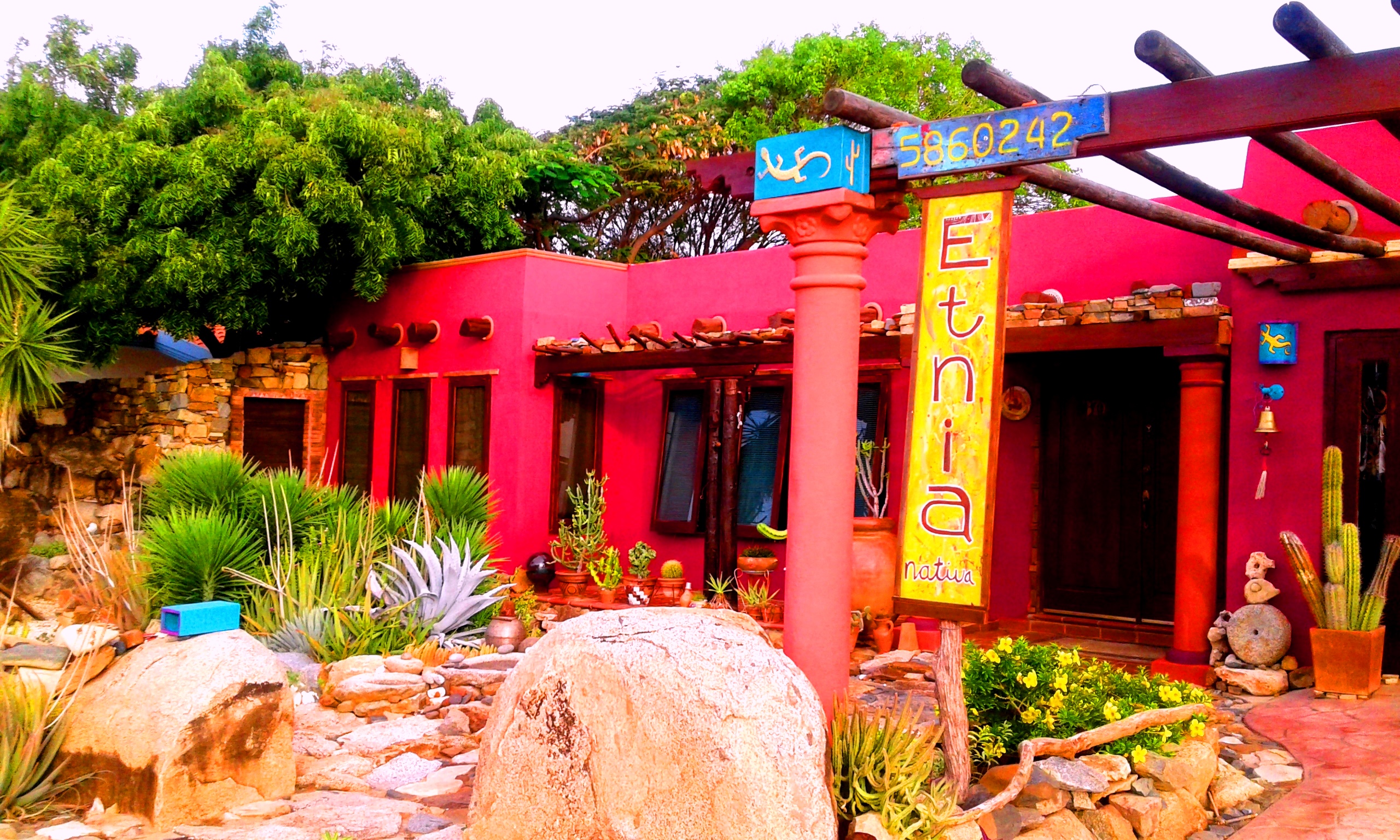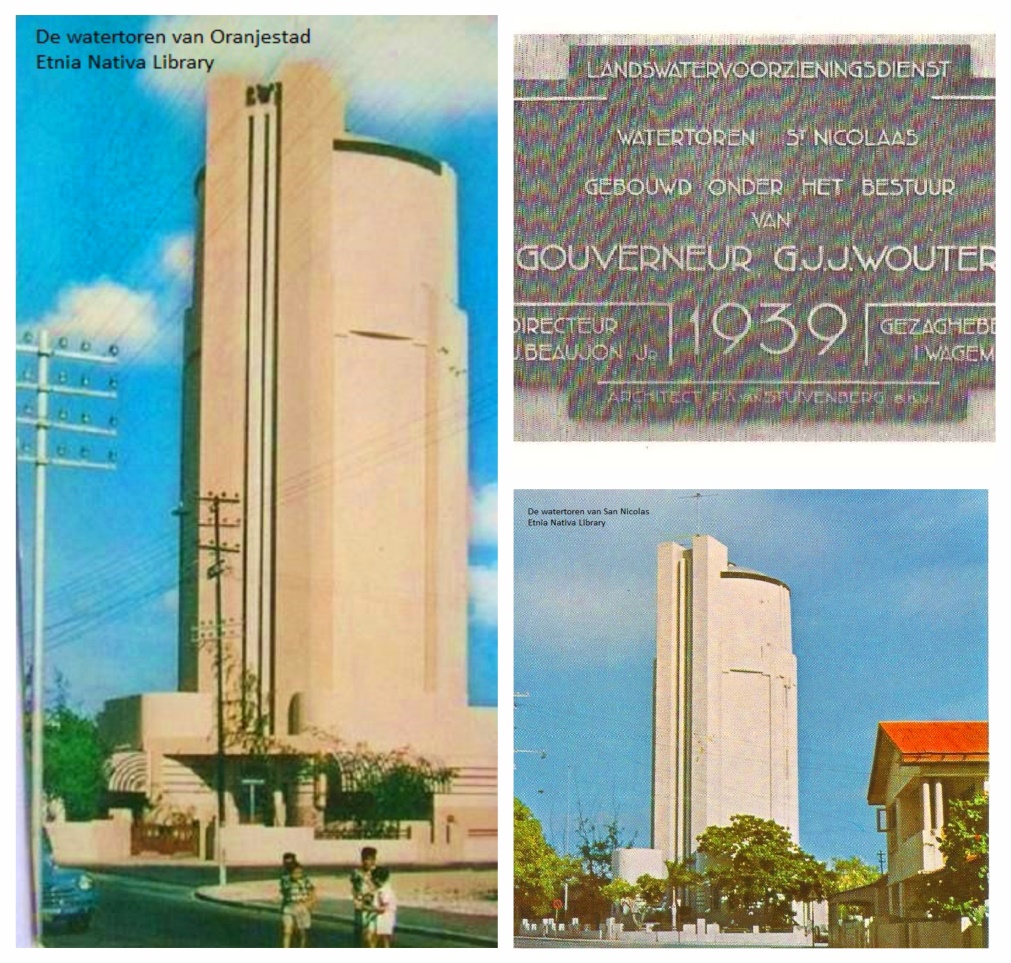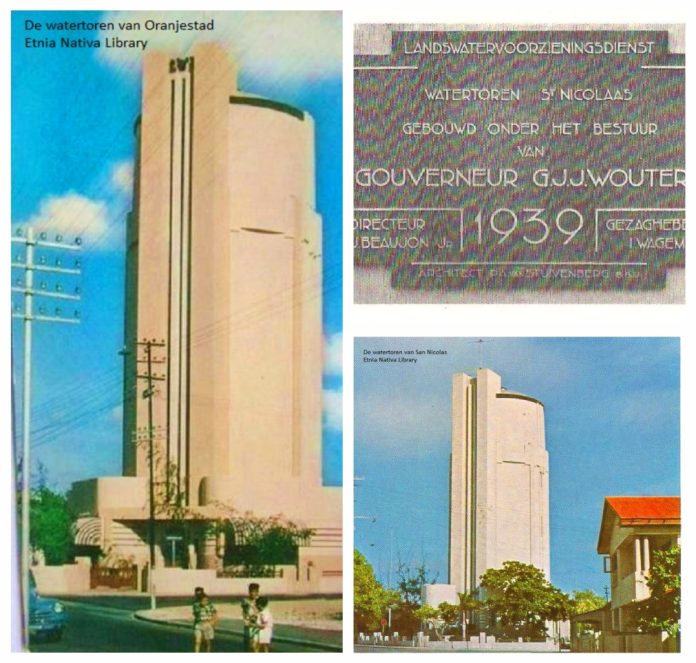Booking a magical glimpse inside Etnia Nativa is easy

Article by Etnia Nativa call us 592 2702 and book your experience!
Aruba has long thrived on balance—between cultures, nature, and a relaxed way of life. But growing threats like over-tourism, over-migration, and environmental strain are pushing our island to the edge. This platform is here to protect our heritage and reconnect with what it truly means to be Aruban.
In the previous episode, we explored the evolution of Aruba’s drinking water system, highlighting the construction of two water towers in 1939—one in Oranjestad and the other in San Nicolas. These towers significantly increased the island’s initial water storage capacity and helped maintain constant pressure in the distribution lines during peak hours.

Beyond simply reaching every household and regulating pressure, the towers played a vital role in improving hygiene and public health across Aruba.
Standing 40 meters tall and built 25 meters above sea level, each tower housed a reservoir with a capacity of 400 cubic meters. Designed by architect Pieter van Stuivenberg, they are notable for their distinctive and innovative Art Deco architecture.
During the severe drought of the 1970s, the San Nicolas Water Tower operated near full capacity. However, with the opening of the desalination plant in Balashi in 1979, the tower became obsolete. It was transferred to the Monument Foundation in 1996, restored, and finally reopened in 2016 as an industrial museum.
The Oranjestad Water Tower was inaugurated three months later. Located on J.G. Eman Street, it housed the offices of the Administrative Jurisdiction Ordinance Appeals Committee (LAR), while the water service offices were located at its base. Its architectural design—an elegant blend of Nieuwe Bouwen (New Building) and American Art Deco—is especially evident in the tall, vertical columns that define its façade.
As Aruba’s population grew, new housing developments created a demand for larger strategically placed water tanks. The Oranjestad tower was eventually decommissioned and dismantled in 1990. The construction of the original towers not only ensured a consistent water supply but also contributed significantly to public hygiene, safety, and essential services. Clean, pressurized water was critical for daily routines and vital facilities such as hospitals, schools, the abattoir, and other sanitation-dependent sites. Flush toilets and functioning sewage systems helped prevent disease by minimizing the infiltration of bacteria or contaminated groundwater through pipe leaks.
By storing water for peak demand—such as in the mornings or on hot days—the towers helped ease pressure on treatment plants and provided a crucial reserve for emergencies like fires, power outages, or burst pipes. Because the stored water had already been disinfected at the treatment plant, the towers also played a key role in preserving water quality throughout the distribution system.
WEB Aruba N.V. has been supplying the island with drinking water since 1932 and began generating electricity in 1958. Today, it uses a combination of Multi-Stage Flash Distillation and Seawater Reverse Osmosis (SWRO) to desalinate seawater and deliver high-quality water to the community. The process begins with seawater collection and preliminary filtration, followed by desalination, where the true transformation occurs. In the SWRO stage, seawater is forced through specialized membranes, reducing its salt content from around 55,000 ppm to approximately 400 ppm. Since this is still too salty for consumption, the water passes through the membranes a second time, bringing salinity down to just 8–10 ppm.
In the final stage, the water is re-mineralized by adding specific phosphates approved by NSF International. This step ensures the water meets health and safety standards before it is distributed through the pipeline network.
Thanks to this advanced process, Aruba is recognized as a global leader in the production of safe, healthy, and high-quality drinking water. It’s a continuous effort—maintaining, improving, and evolving, day by day.
Curious about Aruba’s true identity? Don’t wait until the end of your trip—visit Etnia Nativa, the Caribbean’s only living museum. Since 1994, we’ve been preserving culture, nature, and heritage. We’re co-founders of Aruba’s National Park and the Archaeological Museum Aruba, and active board members of several foundations. More than a museum, it’s a gateway to Aruba’s spiritual roots and authentic soul. Whats App +297 592 2702 etnianativa03@gmail.com
















